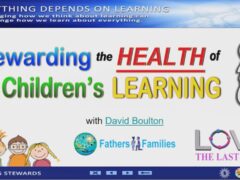The most powerful shame motivates us to avoid what might lead to feeling it. It’s how body-shame limits our clothing choices and performance-shame limits our singing and dancing. Most importantly, it’s how mind-shame limits our learning. For more see: Mind-Shame



